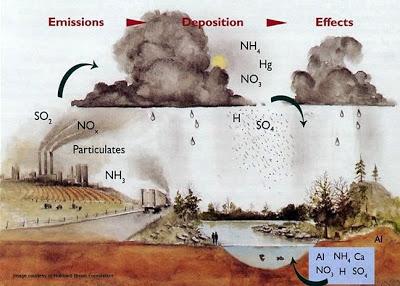The Acid Rain Program (ARP) is a market-based instrument that came into existence in the year 1990 with an intention to reduce and control the discharge of sulfur dioxide (SO2) and nitrogen dioxide (NO2) into the atmosphere. ARP is a United States Environmental Protection Agency initiative. It was enacted under the Title IV of the Clean Air Act Amendment. The ARP strived to achieve its aim and has produced demonstrable outcomes.

The ARP was a success and it achieved the objectives at one fourth of the estimated cost. The Office of Management and Budget (OMB) conducted a study in the year 2003 to determine the degree of effectiveness of ARP. ARP was found to be the most effective regulatory program and the benefits it reaped were forty times greater than the compliance cost incurred.In the year 2006 there was almost 50 % reduction in the emission of SO2 and NO2from the sources covered under cap-and-trade mechanism. The wet sulfates deposition was down by 30% to 40% causing a steady decline in the instance of acid rains. All these figures are in comparison to those of the year 1990. The dramatic reduction in the emission of these pollutants also helped reduce the health and environmental issues to a great extent. In the year 2010, the estimated environmental and health benefits achieved due to implementation of ARP stood at $140 billion. The cost incurred on the running of the ARP was around $3.5 billion.§ Inference
Understanding the labyrinth of diverse environmental processes is necessary to set the cap-and-trade mechanism in motion. A decade long experience with ARP has validated the effectiveness of the cap-and-trade program in reducing the levels of pollutants by controlling their emission. It has helped revive the quality of air in broader terms. There are a number of factors which contributed towards the success of the ARP. Monitoring and appraisal is very important in order to track the progress of the program and ensure its success. Flexible compliance measures, effective design, clarity of legislatures, transparent administration are the key inputs for the accomplishment of objectives of ARP.

